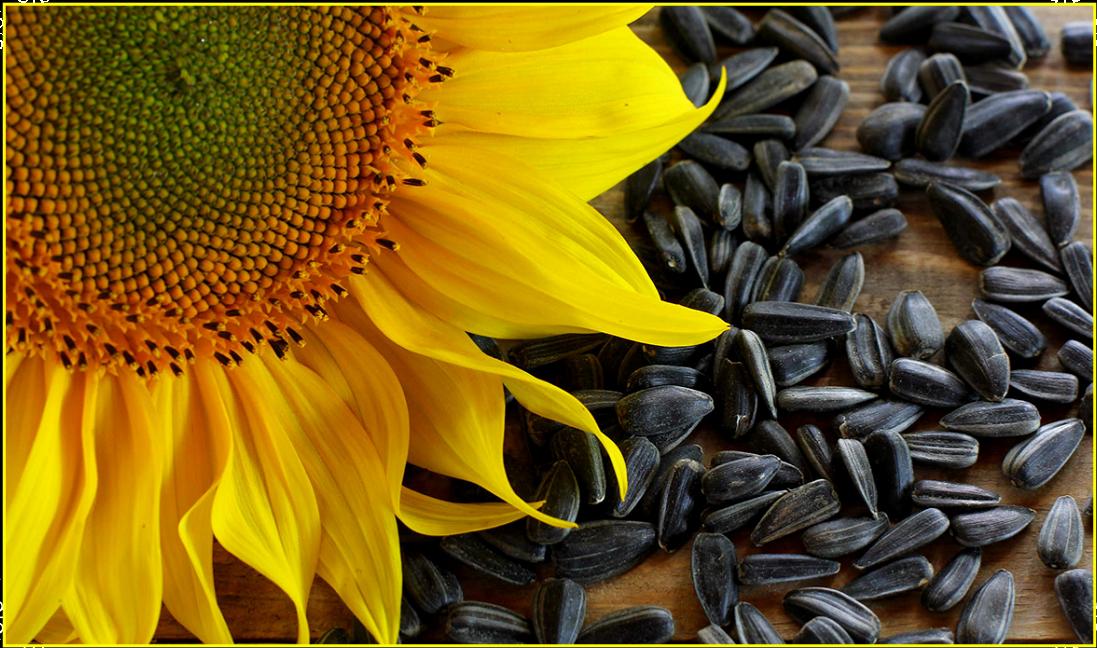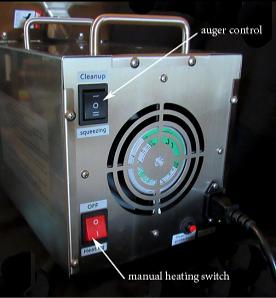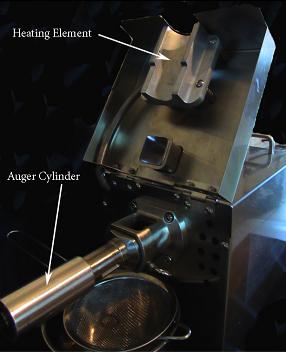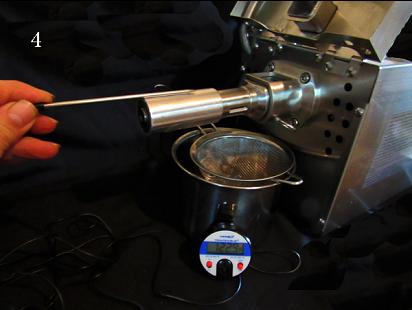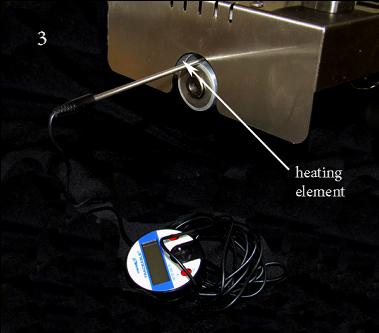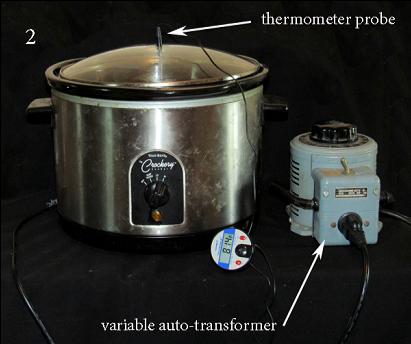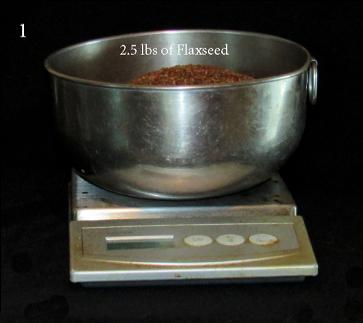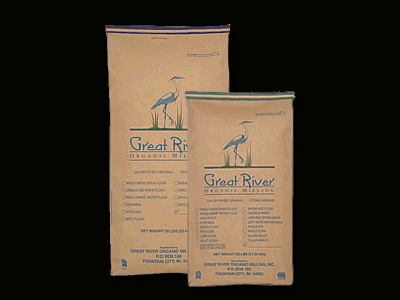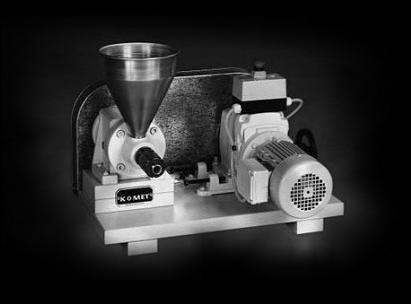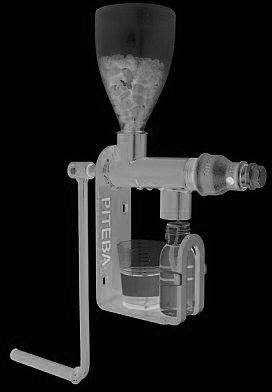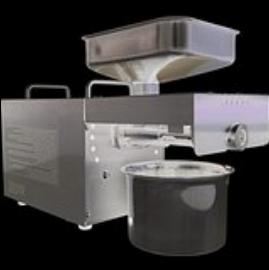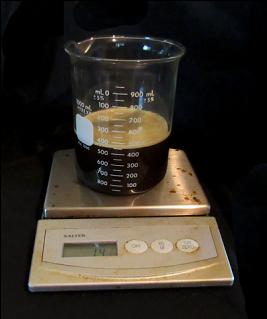Dr. Johanna Budwig wrote a number of books in German with only a few being translated and published in English. Her 1977 work, above, Der Tod des Tumors (Death of the Tumors) has not been published in English. After corresponding with a Professor friend, Dr. Ilona Klein of BYU, I was stimulated into attempting a machine translation of that text. I have found translation software to be much better in recent years than in the past and I was pleasantly surprised that my attempts seemed rewarding and to some extent surprising when compared to her English translations that are popularly out there now.
Der Tod des Tumors is written in two volumes. The first volume is rather dry and seemed to concentrate on the patenting process of her methods and financial concerns. The second part of this text is entitled Volume II, THE DOCUMENTATION and is much more interesting. It begins with a number of letters from her patients, some with very dire prognoses that are quite impressive of how her oil/protein diet effected cures for them. She does not list any failures and surely there were. Nevertheless, reading through them has to support her success rates as impressive to say the least.
I was primarily interested if this book would explain her choice of picking Flax oil as the best oil for treatment as all of her English translations seem to proclaim. I found that she was quite aware that other seed oils were beneficial. In Volume 1, page 86, she describes her patent invention as such: "The inventions contained in this notice of recognition include dipolar systems: On the one hand, highly unsaturated fats rich in electrons and fatty acids, as electron donors, as sources of the negatively charged Electrons made up of the quanta of solar energy, associated with the magnetic fields of the photons of the sun. These include e.g: Linseed oil, sunflower oil, poppy seed oil, soya oil, maize oil, maize germ oil, Wheat germ oil, rice oil, safflower oil, avocado oil and others. . ."
Thus, we see that she appreciates the value of a number of seed oils as possible treatment options from her patent description, even if she seemed to choose Flax oil (linseed oil) as her favorite oil of prescription. In Volume 2, a very interesting letter to Dr. Budwig from one of her patients, a Mrs. H.W. opens up a whole new vista in her prescribing of oils! Volume 2, page 114-115:
Mrs. H.W. writes: "In the summer of 1957, I had on my right breast, a small knot with leakage of liquid. In the autumn of 1957, I went to see a doctor who treated me with injections. However, there was no improvement. On the contrary, the knot became bigger and bigger and in consequence, an open wound. In the summer of 1958, the knot was already so large, I had increasing pain. I also lost weight and experienced languor. The liquid flowing out of the wart resulted in a strong crust formation. Because of this serious condition, I went looking for a doctor, who wanted to immediately admit me to the Cantonal hospital for surgery. Neither my husband, nor I could decide." Now the patient describes in detail what she did next. She also visited biological clinics. "But there was no cure, it continued to flow. In June 1959, I became a patient with Dr. Budwig and discussed with her about my case. She advised me to immediately switch to the oil-protein diet in especially linseed (flax) oil, sunflower oil, both cold-pressed in quark. In a month of this cure diet and oil/protein supplement, the flowing from the wart stopped. After about six more months, thanks to Dr. Budwig's therapy, I gained about 10 pounds of weight, too. The wound healed and the crust dissolved. Now there is beautiful skin. I would like to mention that I strictly adhered to Dr. Budwig's dietary rules imposed on me, linseed (flax) oil, Diäsan, "Switzerland's" cold-pressed sunflower oil; I feel very well again, I am fully able to work, the knot at the Chest has receded to a small flat hardening."
There you have it! Dr. Budwig at least with some of her patients prescribed a combination of cold-pressed sunflower oil along with the Flax oil!





